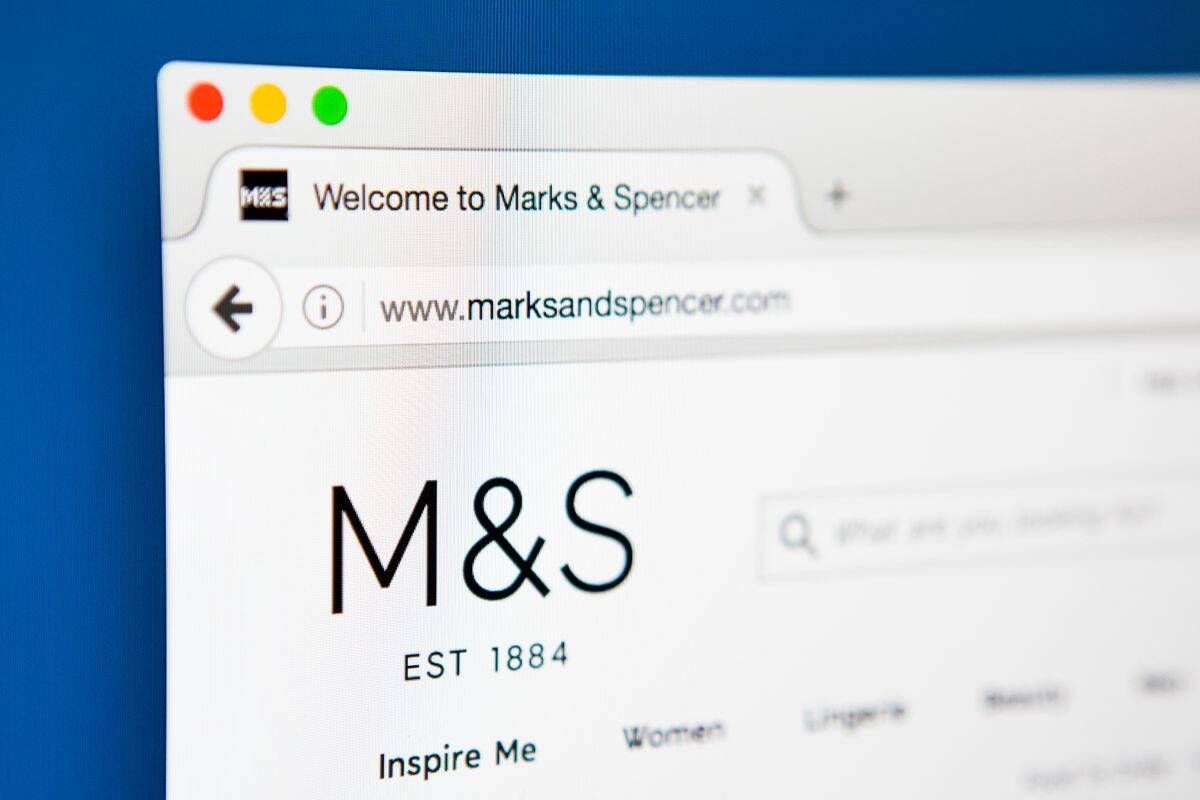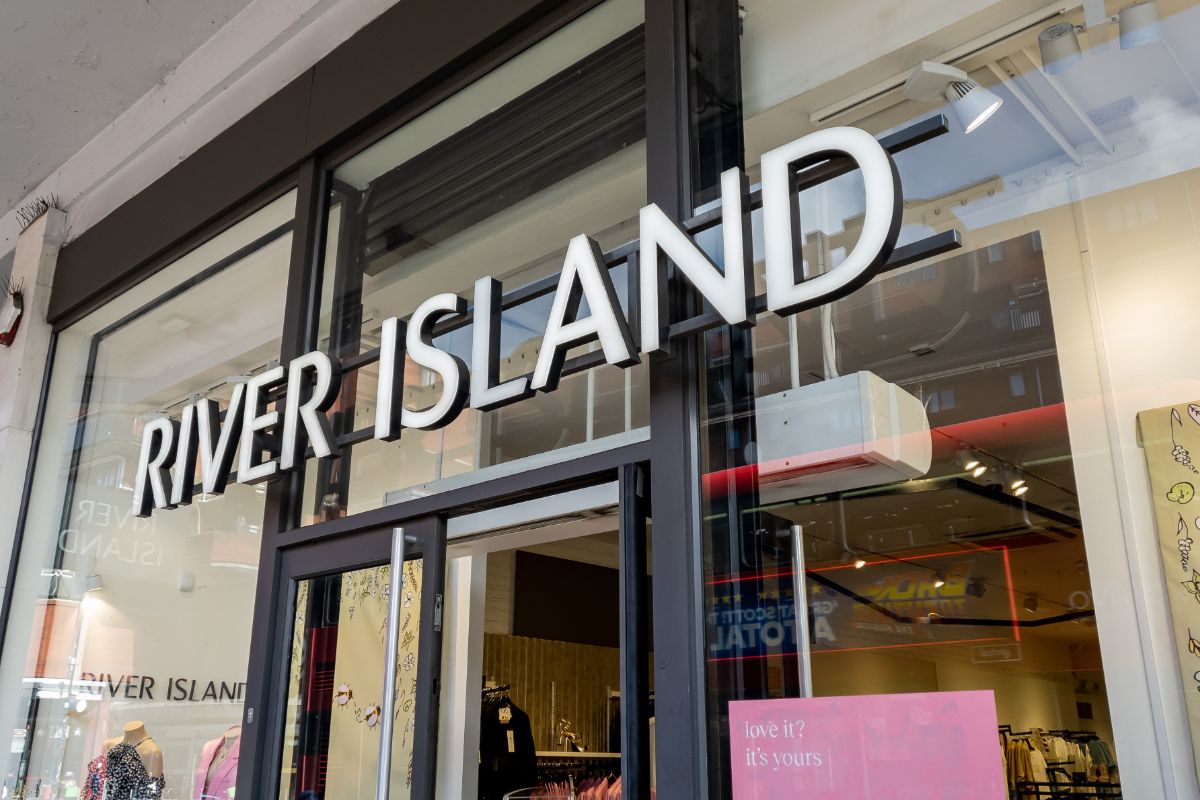The key to omni-channel lies with in-store engagement, but with NFC still to gain a foothold and other technologies not supported by all devices, it could be a long time coming. So what should merchants be thinking about when looking to engage? Here, Oliver Ripley, Mobile Products Manager at eCommera, discusses the options available
Engaging with consumers in your shop is becoming the glue in the omni-channel retailing proposition, but actually making it happen is proving hard to pin down. Technologies such as NFC have been widely touted, but are yet to make any real impact, while GPS, wifi, 3G and 4G – not to mention good old fashioned Bluetooth – all potentially could deliver. However, we are yet to see any of these in action. But that could all be about to change.
The world waited with baited breath for the recent launch of Apple’s iOS7 update but there were some interesting omissions such as absence of Near Field Communications (NFC) support. This is perplexing, especially as research by Forrester suggests that mobile customer engagement will be a market worth $32.4 billion by 2018. While many retailers and brands are focusing on selecting the technology to build first generation apps, the key is building an engaging omni-channel experience where mobile engagement plays a critical role.
In 2015, the US will adopt Chip and Pin and EMV (Europay, MasterCard and Visa smart cards) as the standard payment protocol which will mean by law, retailers and brands will need to comply, forcing investment in Point of Sale (PoS) hardware and software to support it. As new hardware will automatically come with NFC capability, the move is likely to trigger interest from Apple in NFC as it will have a ready-made springboard for a technology that has been conspicuously absent from its current iPhones and iPads.
Apple claims there is just not enough POS acceptance support, too few enabled handsets and just too much hype around NFC at the moment. It was a chicken and egg issue for Apple as they did not see the responsibility as creating a market for NFC payment but simply to enable it once there was the acceptance platform to process the payments.
To date, there have been a number of handset based location services available to retailers to enhance the omni-channel experience for their customers. However, not that many have enjoyed huge success beyond the traditional store finder functions that all retailer apps now have. This could be partly down to the fact that consumers are not aware of these services and also have no perceived value of them. The fault for this lack of understanding could lie with both the retailers and technology providers for just launching the services and expecting customers to use them.
Research by Visa Europe says that ‘contactless’ payments have increased and that in the UK, consumers made 5.3 million contactless transactions in the month of March, while GoCompare found in April this year only six per cent of UK adults surveyed had made a contactless payment with a credit card and just three per cent have made such a transaction using their mobile phone. So there are definitely questions to be asked about the reasons for the lack of adoption. Perhaps the main reason is that there is no behaviour shift from consumers towards mobile contactless payments at present. They simply do not understand it and do not see any value in it and perhaps do not trust it.
In the past, adoption of certain technologies was down to the backing of major companies (think VHS and Betamax – VHS won out thanks, in part to the adult movie industry, but mainly thanks to Sony) but today innovation success relies on consumer adoption and advocacy about how it improves their shopping experience.
Patents for Apple’s iWallet technology were lodged back in 2010 so one can assume work has been done by the tech giant and as iTunes accounts have been long established on the iPhone, it could pose a threat to other eWallet solutions such as Visa’s V.Me and MasterCard’s PayPass, as consumers by pass these products in favour of the more familiar. Apple is famously secretive about its product plans but we can assume that in due course it will present itself as an option for payment origination in the Apple wallet. The Apple Passbook was not a wallet but it was a statement of intent that they intend to participate in mobile payments, just not right now.
Enhancing the customer experience
Most multi-channel retailers can collect information on customer behaviour from various touchpoints and use in-app messaging to deliver relevant and timely messages to shoppers’ smartphones. And thanks to GPS the experience can be localised to the geo-position of the consumer. However GPS can be inaccurate and often there can be a 50-100m variance in retailer stores.
One interesting element of Apple’s iOS7 update included the launch of iBeacons. These are essentially a low energy Bluetooth (BLE) transmitter capable of providing a whole new level of location awareness and are ideal for use in-store because they do not rely on satellite signals.
Offering far greater accuracy than GPS, with micro location down to within a metre, iBeacons can engage shoppers as they walk from display to display and send push messages to a smartphone with vouchers, loyalty offers and other incentives.
This all sounds like a great idea but there are complications – iBeacons are not supported by the Google Android operating systems while Microsoft has yet to add general support for Bluetooth 4.0 and BLE in Windows 8 or Windows Phone 8 and so retailers may be faced with implementing a technology which only some of their consumers can use. For some retailer brands this may not be an issue, for others it definitely will be.
Location based messages sent to mobile devices can increase customer engagement and offer extended opportunities to buy, even if the items are not in stock. Allowing consumers to buy in-store for home delivery the next morning is an example of services that the next generation of retailers are now enabling.
This level of fulfilment flexibility places demands way beyond the customer interface. The way orders are placed and shipped, and how returns are managed, must be able to cope with ever more complex retailer structures and ever increasing customer expectations as they bring their ecommerce experiences into store environments. The consumer is changing in the 21st century and now expects ecommerce conveniences extended to their store experiences.
eCommera recently acquired OrderDynamics a specialist order management system provider focused on the next battleground – rich fulfilment. It is this kind of technology that truly enhances the omni-channel experience and resonates with the customer which will win out because tech for the sake of it is not good enough anymore.
This is another example of the opportunity retailers and brands have to ‘join up the dots’ and provide their customers with a seamless omni-channel experience as the more uniform their interactions are the more likely loyalty will be generated and in turn long term profits.








